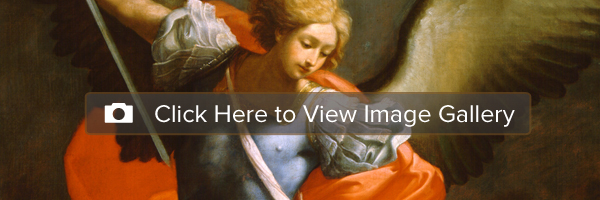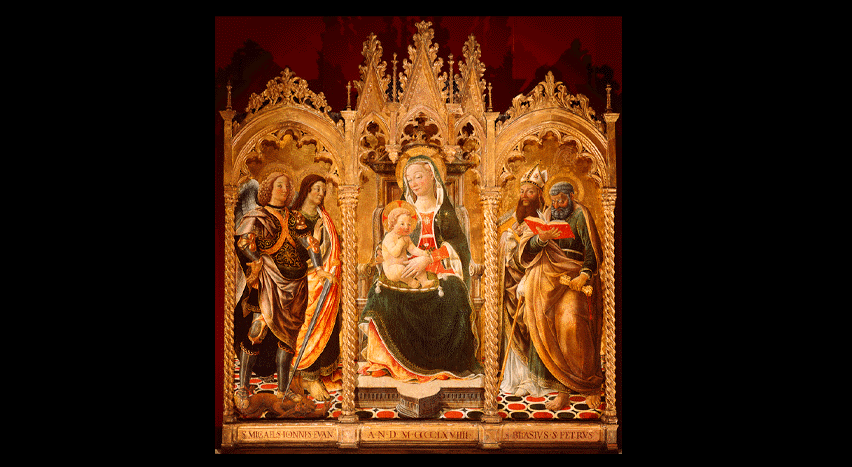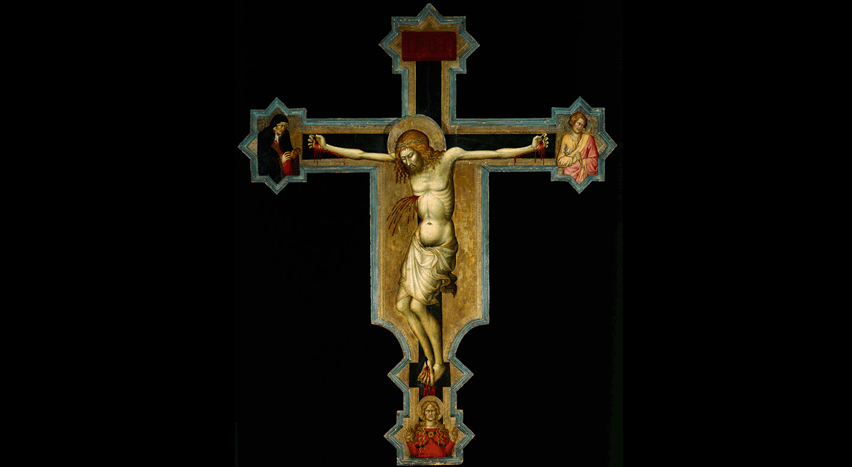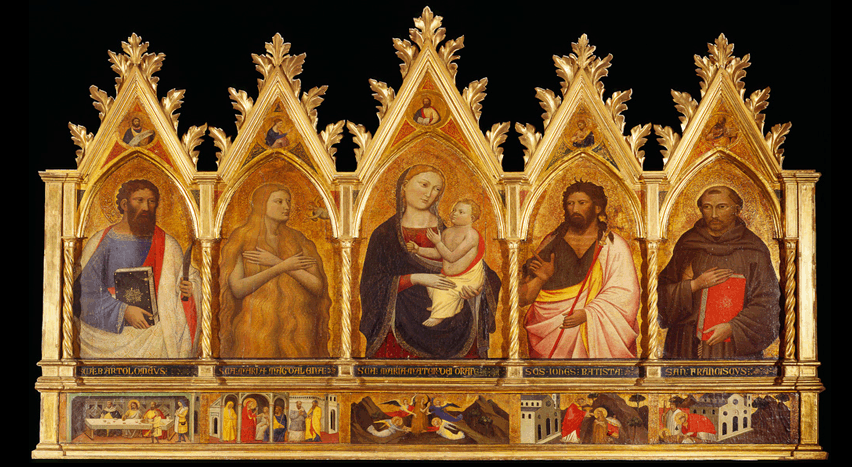Italian Gothic

The birth of European painting can be traced to the 1300s with a renewed vision in the artwork of the church. Beginning with artists like Giotto from Florence, and Duccio from Siena, Italians gradually broke away from the stylized Byzantine tradition of painting. The church had dictated and commissioned static, linear, and unapproachable art that depicted unreal and emotionally remote biblical figures. However, a style emerged in the 14th century that used biblical paintings as descriptive pictures instead of strictly devotional objects. Artists began to connect the inward Christian experience to realistic life in a tangible world.
Unfortunately, modern viewers often do not understand or appreciate Gothic art. Though progressive in its departure from Byzantine traditions, the infancy of naturalism holds little attraction for most people today. Furthermore, the art of this period remained largely devoted to the propagation and beautification of the Church.
Although many art critics and art historians treat Gothic art rather disparagingly, the art of the Gothic era endures and continues to provide spiritual lessons–some good and some that may not reflect as well on the teachings of the Gothic church. M&G’s collection includes more than 20 gold ground panels from this period, including four polyptychs.


